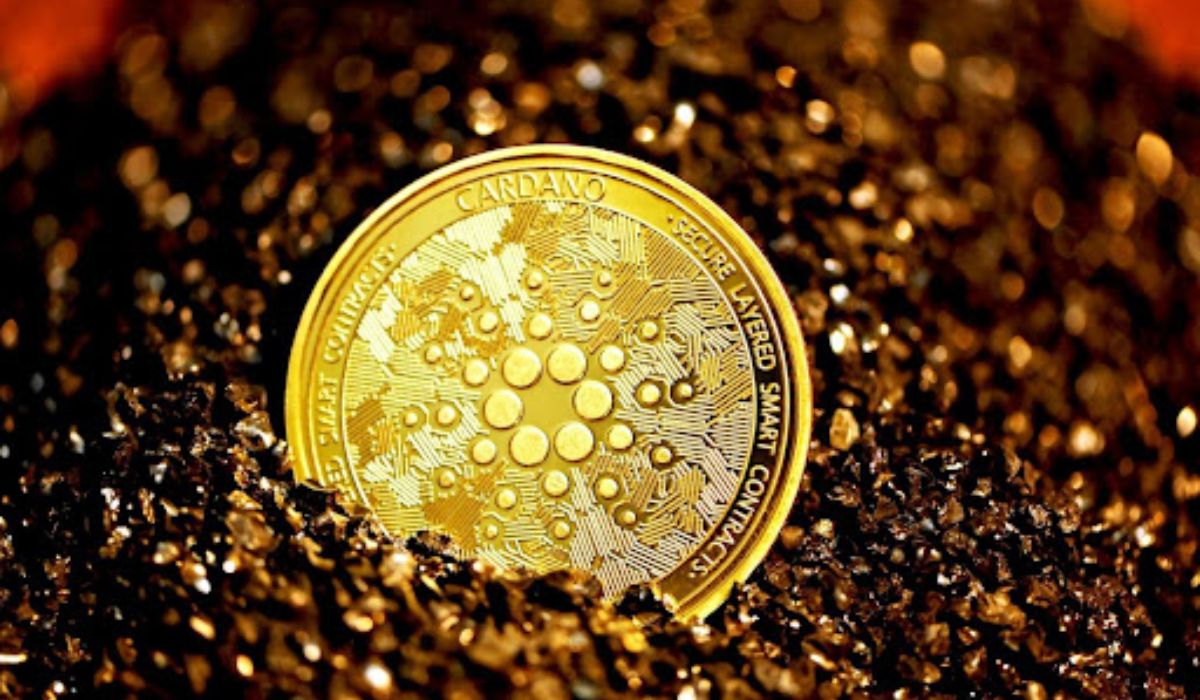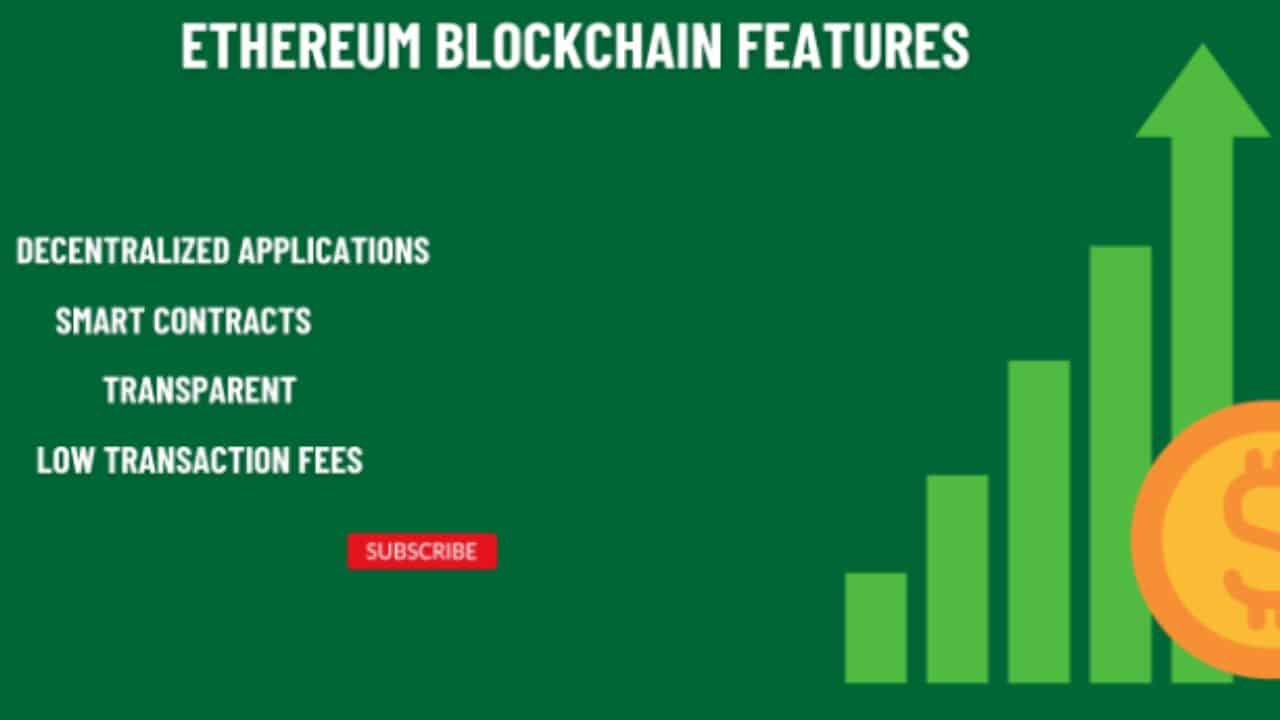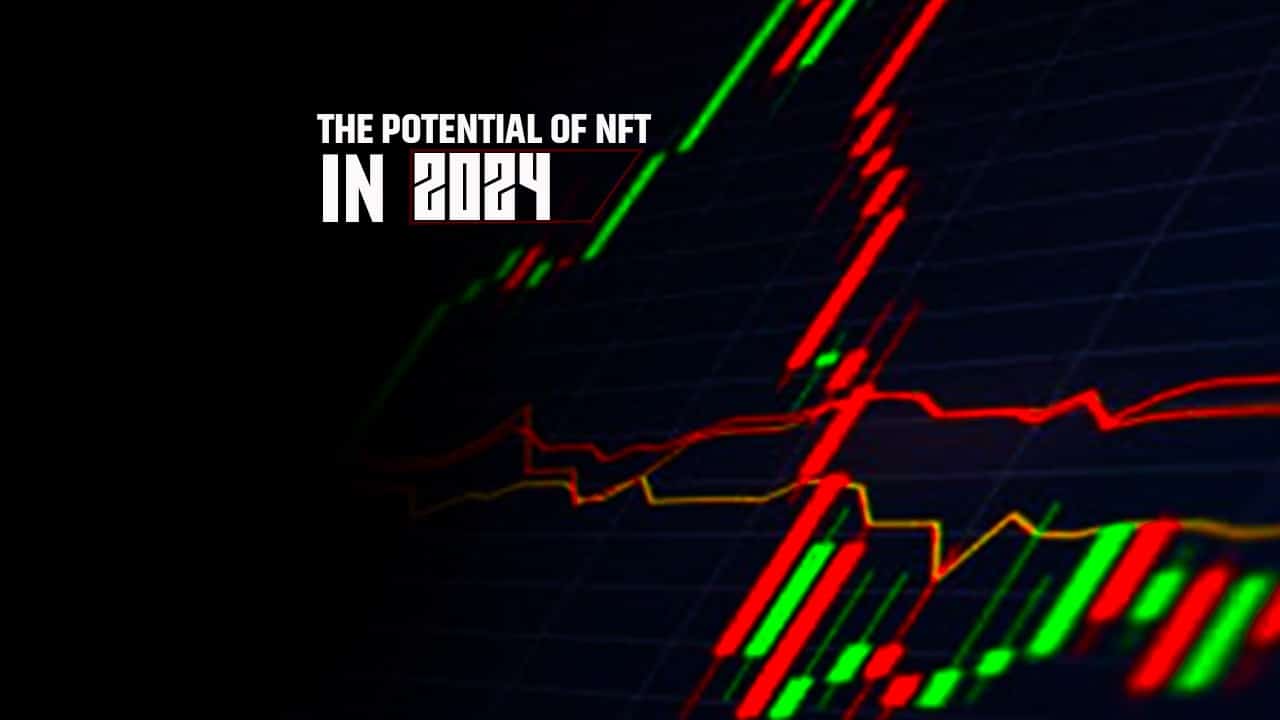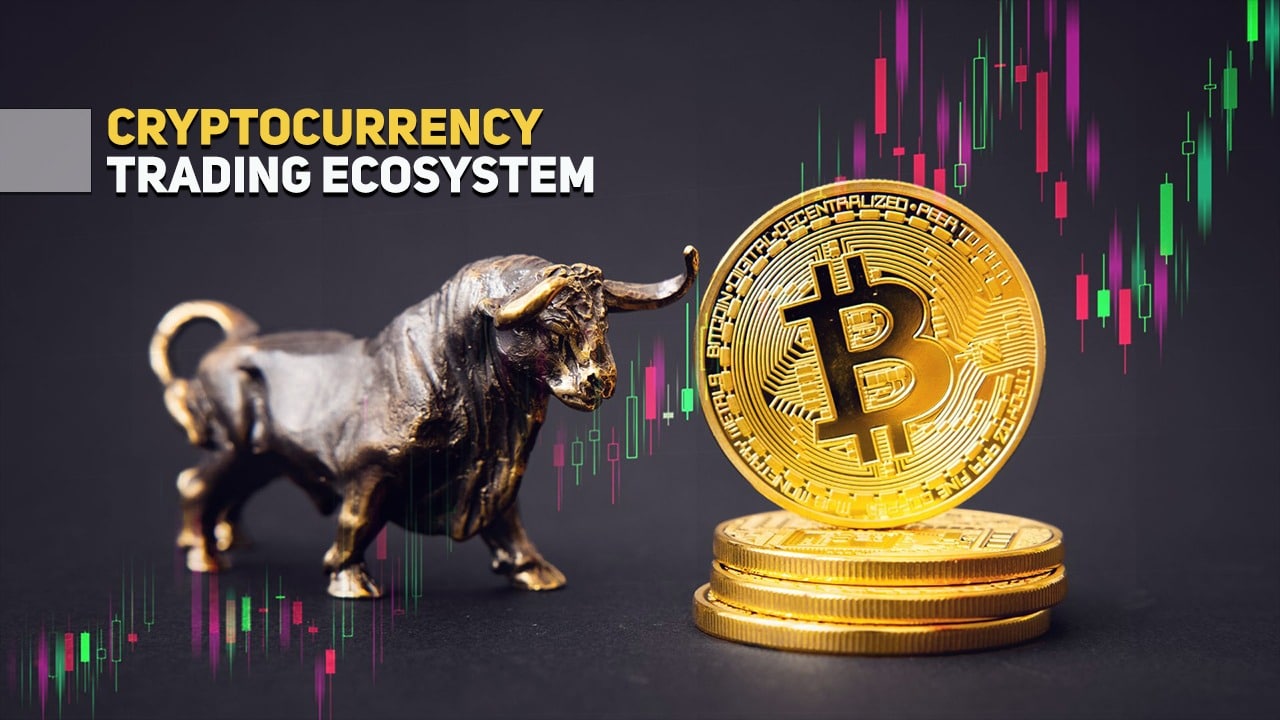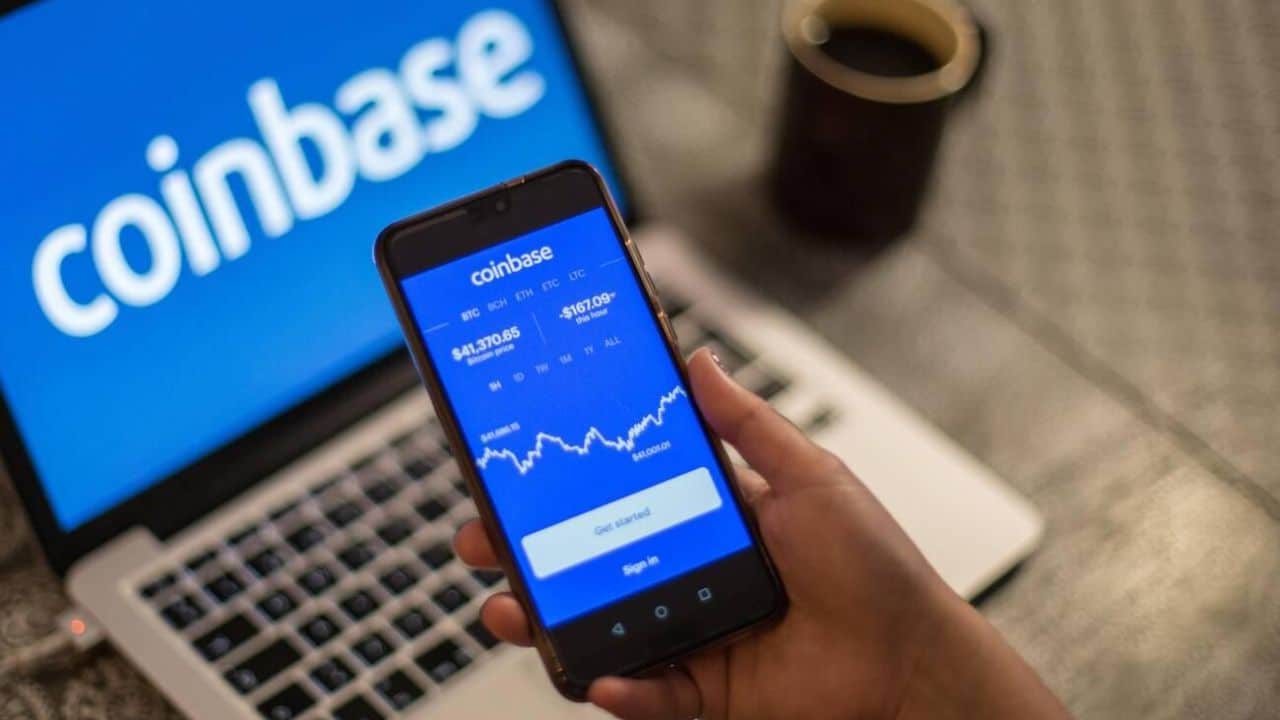As the digital revolution continues to evolve, the ownership and trading of digital assets have become an integral part of modern financial systems.
With technological advancements, the ways in which we interact, trade, and invest have transformed, leading to a surge in digital assets such as cryptocurrencies, NFTs, and digital intellectual properties.
Among these, cryptocurrencies like Cardano have emerged as notable players, offering innovative solutions in decentralized finance and smart contracts.
These blockchain-based assets hold not only financial value but also represent a significant technological shift.
However, with the growing adoption and value of digital assets, the risk associated with them has also escalated.
Cyber-attacks, phishing scams, and unauthorized access are some of the many threats that digital asset holders face today.
In 2021 alone, millions of dollars’ worth of cryptocurrencies were stolen from various exchanges and individual wallets.
The vulnerability of digital assets is not just a concern for individual investors but also impacts businesses, governments, and entire economies.
As the digital landscape becomes more intricate, protecting these assets requires a complex and multifaceted approach.
This guide delves into the importance of safeguarding digital assets and provides a detailed look into how Cardano, a renowned blockchain platform, exemplifies secure practices.
Furthermore, we will explore comprehensive strategies and steps that individuals and organizations can take to ensure their digital assets, including cryptocurrencies like Cardano, are safe and secure.
Whether you are a seasoned investor in the crypto space or a newcomer looking to understand the fundamentals of digital asset security, this guide will equip you with the knowledge and tools needed to protect your digital investments confidently.
Understanding Cardano: A Paradigm of Security
Cardano, an open-source and decentralized blockchain, is a shining example of how robust security mechanisms can be implemented to safeguard digital assets.
Let’s explore the features that make Cardano stand out:
1. Layered Architecture
Cardano’s two-layer structure separates settlement from computation, enhancing security.
2. Formal Verification
Mathematical proofs ensure that the code performs as intended, minimizing vulnerabilities.
3. Decentralized Operation
The decentralized nature of Cardano further adds to its secure environment.
4. Staking and Delegation
Users can participate in the network’s security through staking and delegation, thereby fostering community-driven protection.
How to Secure Your Cardano and Other Digital Assets?
Securing your digital assets, including Cardano, is a multifaceted process that requires attention to detail; here’s a step-by-step guide:
1. Utilize Secure Wallets
-
Hardware Wallets
These physical devices store private keys offline, making them immune to online hacking attempts.
-
Software Wallets
Choose reputable software wallets with robust security measures, especially if you hold Cardano.
2. Implement Two-Factor Authentication (2FA)
-
For Exchange Accounts
Always enable 2FA for exchange accounts where your Cardano or other cryptocurrencies are held.
-
For Personal Accounts
Apply 2FA to personal email and other accounts associated with your digital assets.
3. Maintain Regular Backups
-
Offline Backups
Keep backups of your keys and wallets on physical media like USB drives.
-
Cloud Backups
If you choose cloud backups, make sure to encrypt the data.
4. Be Wary of Phishing and Scams
-
Emails and Messages
Scrutinize emails and messages that appear to be from your wallet provider or exchange.
-
Social Media
Beware of scammers posing as support staff on platforms like Twitter.
5. Consider Insurance for Significant Holdings
-
Crypto Insurance
Some insurance providers cover digital assets like Cardano against theft and other risks.
6. Keep Software Up to Date
-
Wallet Software
Regularly update the software of your wallets.
-
Security Software
Keep antivirus and other security software current.
Organizational Strategies for Protecting Digital Assets
Organizations that deal with significant digital holdings, including Cardano, must implement additional layers of security.
1. Access Control
-
Role-Based Access
Assign permissions based on roles within the organization.
-
Regular Auditing
Conduct regular audits to ensure access controls are functioning correctly.
2. Educate Employees
-
Security Awareness
Regular training can help employees recognize and avoid security threats.
-
Phishing Simulations
Periodic simulated phishing attacks can keep employees vigilant.
3. Implement Robust Network Security
-
Firewalls and VPNs
These can protect sensitive data, including digital assets.
-
Real-Time Monitoring
Continuous monitoring can detect and respond to threats promptly.
Final Thoughts: Balancing Security with Usability
The quest to protect your digital assets, including Cardano, is an ongoing process that demands vigilance and proactive measures.
While security must be rigorous, it should not hinder usability; striking the right balance between the two ensures that your assets remain safe and accessible.
By following this comprehensive guide, individuals and organizations can significantly reduce the risk associated with digital asset ownership.
As the landscape of digital currencies continues to evolve, staying updated on the latest security measures and applying them diligently is the key to safeguarding valuable digital holdings.
Note: While this guide provides general advice on safeguarding digital assets, it is always wise to consult with a professional who is familiar with your specific situation, especially if you are dealing with substantial investments or complex organizational structures.


